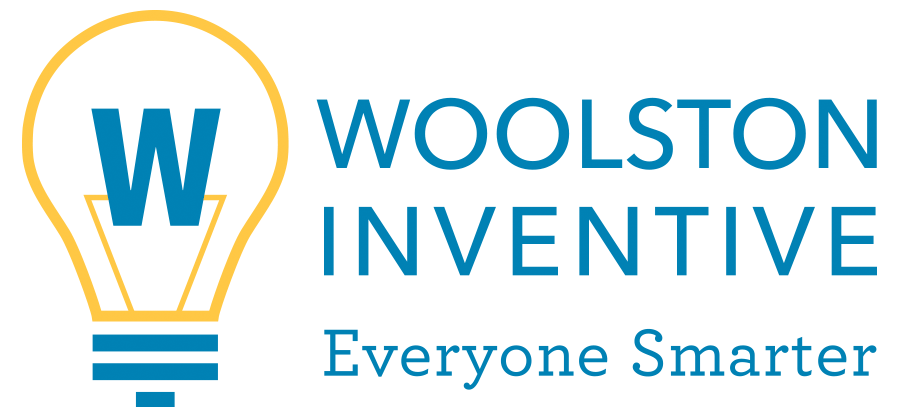Effective Marketing Even for Overlooked Programs
- pjwoolston
- Feb 15
- 3 min read
We worked with a private college in Indiana, practically in the middle of the US, to grow enrollment in its language programs. They taught four languages but the only one with a major was Spanish. The faculty were concerned about course enrollment numbers.
During initial concept development as we considered the language gap to fill, we discussed how language teachers at all levels are using textbooks less and relying more on other resources (particularly the internet). We decided early on to do a simple language reference chart. We focused on portability (a single page front and back, three-hole punched so it can live in a binder) and durability (heavy cardstock). For content, we decided to capture simple present tense verb conjugation. Critically though, we knew we needed a graphic element to make it appealing to students and teachers alike. We decided to focus that graphic element on Indiana since the vast majority of students were coming from the state. We labeled all the cities in Indiana with ties to that language or names in that language. We also determined early the ideal distribution opportunity, through the Indiana Foreign Language Teachers Association (IFLTA) conference in November. Language teachers from throughout the state convene annually in Indianapolis for this important gathering. At that year’s conference we gave away literally every single copy! We ended up creating a list of teachers who also wanted copies (for themselves and for their students!) and did a follow-up mailing. We now had teachers around the state distributing these to their students, recruiting for us!

The initiative was so successful that we decided to extend it into a volume two. We followed the same format, and as a language resource we focused on prepositions. We also continued the map approach, highlighting this time a US map showing native French and Spanish speakers and counties with German heritage. Latin was a bit of a challenge because Latin is not a living language, so we translated the name of each state into Latin. That year we printed twice as many copies so we would have enough to give to everyone, and we took both the first and second volumes to IFLTA knowing that many teachers would have a new batch of first-year students. As anticipated, most teachers wanted stacks of both!

By year three we had real momentum. We purchased a table at the conference on which we could display what was now 12 stacks of valuable teaching materials. Language-wise, we focused volume three on pronouns, and for the map we showed the world. We labeled each country in the target language and shaded those countries where the language is an official language. We received a new kind of encouraging feedback from teachers who told us that they had started taking bets on what we would be displaying in this year’s version!

Year four presented a new challenge. We had plenty of linguistic options and decided to focus on irregular verbs. In terms of the map though, we were running out of space in the world! We decided to customize each map by language. For Spanish and German we highlighted countries that speak that language; for French we did a map of the regions of France; for Latin we did a map of the Roman empire at its height.

Finally for the fifth year we decided to conclude the campaign. We zoomed very far out and did a map of the universe, labeling the planets in each target language, as well as a “you are here” label for the university on Earth. For language content we gave a vocabulary of university grammar. Students don’t often have the vocabulary for “major” or for “prereq” or for “bookstore”, let alone for their fields of study. (“Je m’appelle Robert et j’étudie... comment dit-on ‘Management’?” Unfortunately the French word for “management” is “gestion,” which is not a cognate! We also developed a motto to tie the two sides together and sum up the entire campaign: “Languages: Your gateway to the universe, your gateway to the university,” translated of course into each target language.

Bonus: During that fifth and final year we also had the savvy idea of garnering institutional support for future campaigns. We brought stacks of blank thank you cards for teachers to write a quick note if they were willing. We then presented these in a binder with all of the charts and a poster to the campus President and to the Provost to thank them for their support.
By this point, language organizations throughout the state were making specific requests by language for copies of each of these volumes and requests continue to this day. The university had effectively developed a reputation as a school that provides quality language instruction. It gave us the perfect foundation from which to launch an entirely new campaign to promote the language programs, and a ready-made population clamoring for the content.



